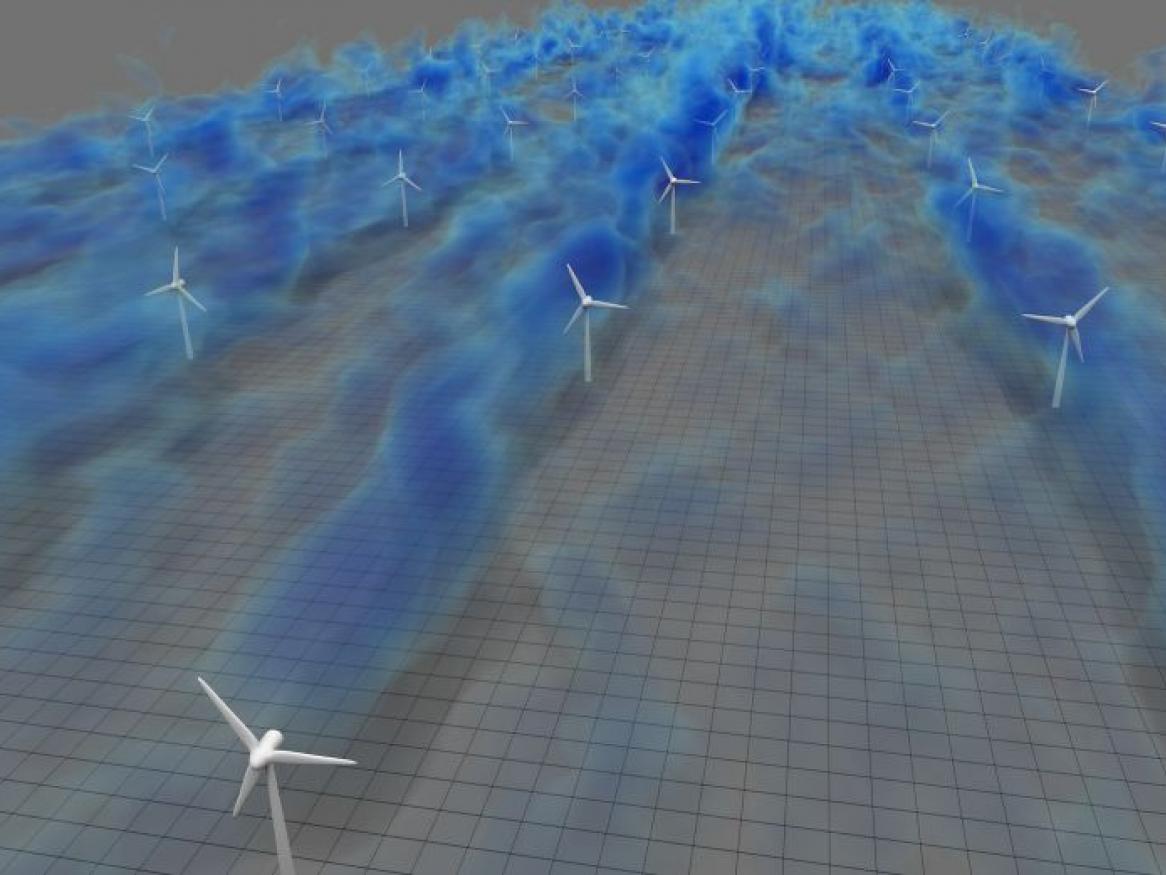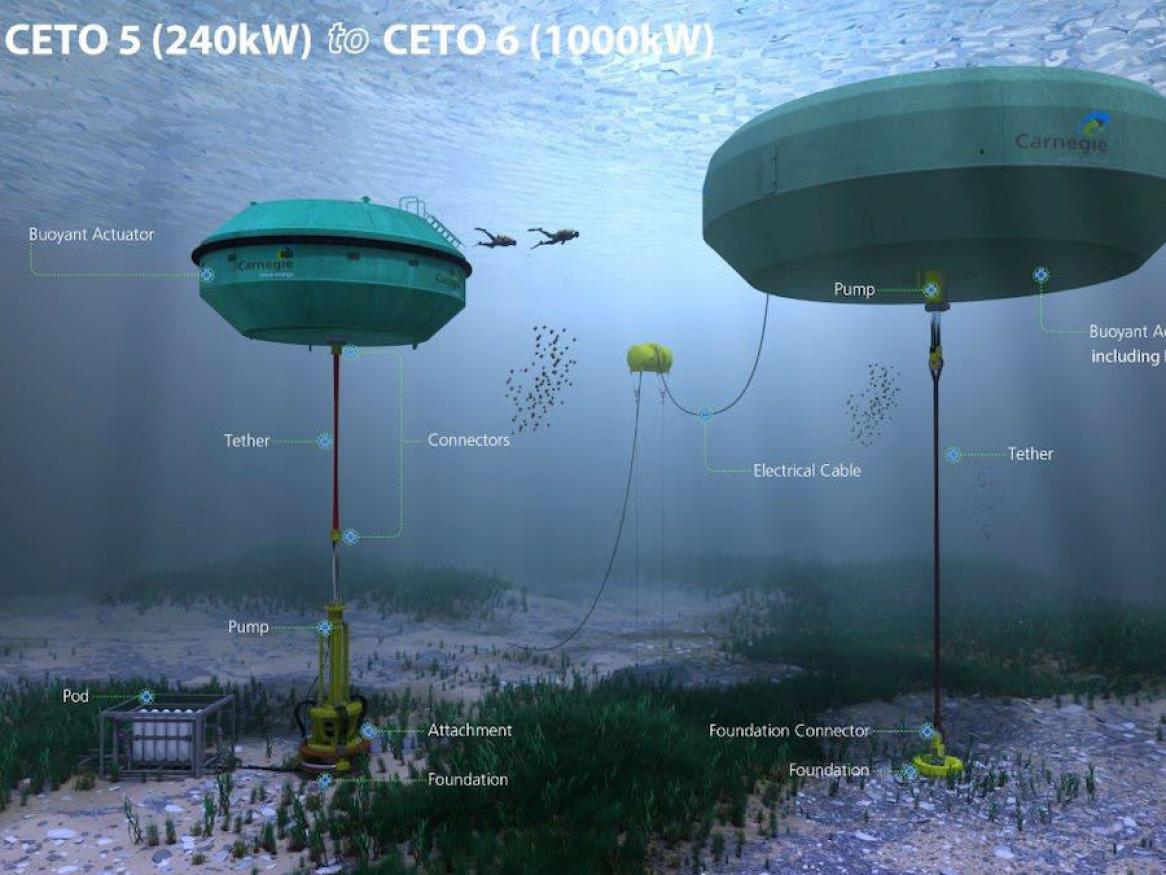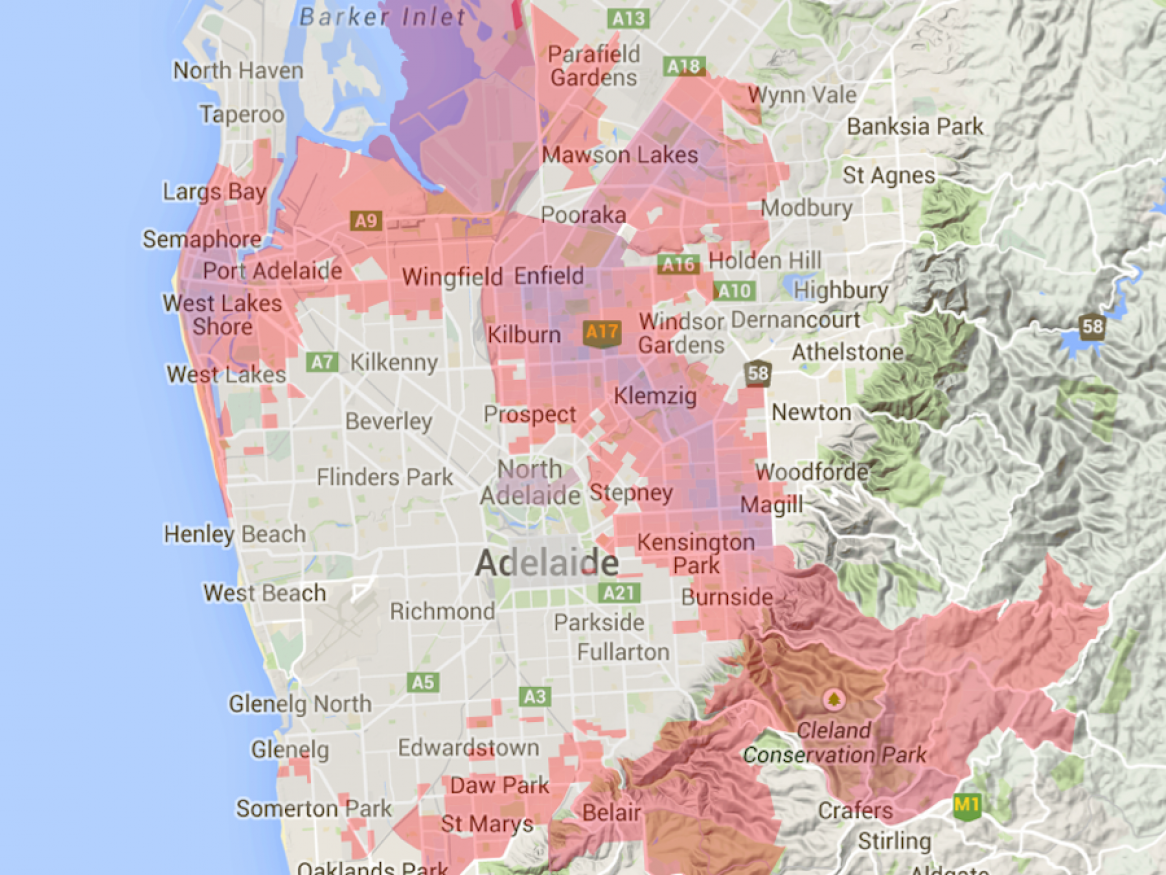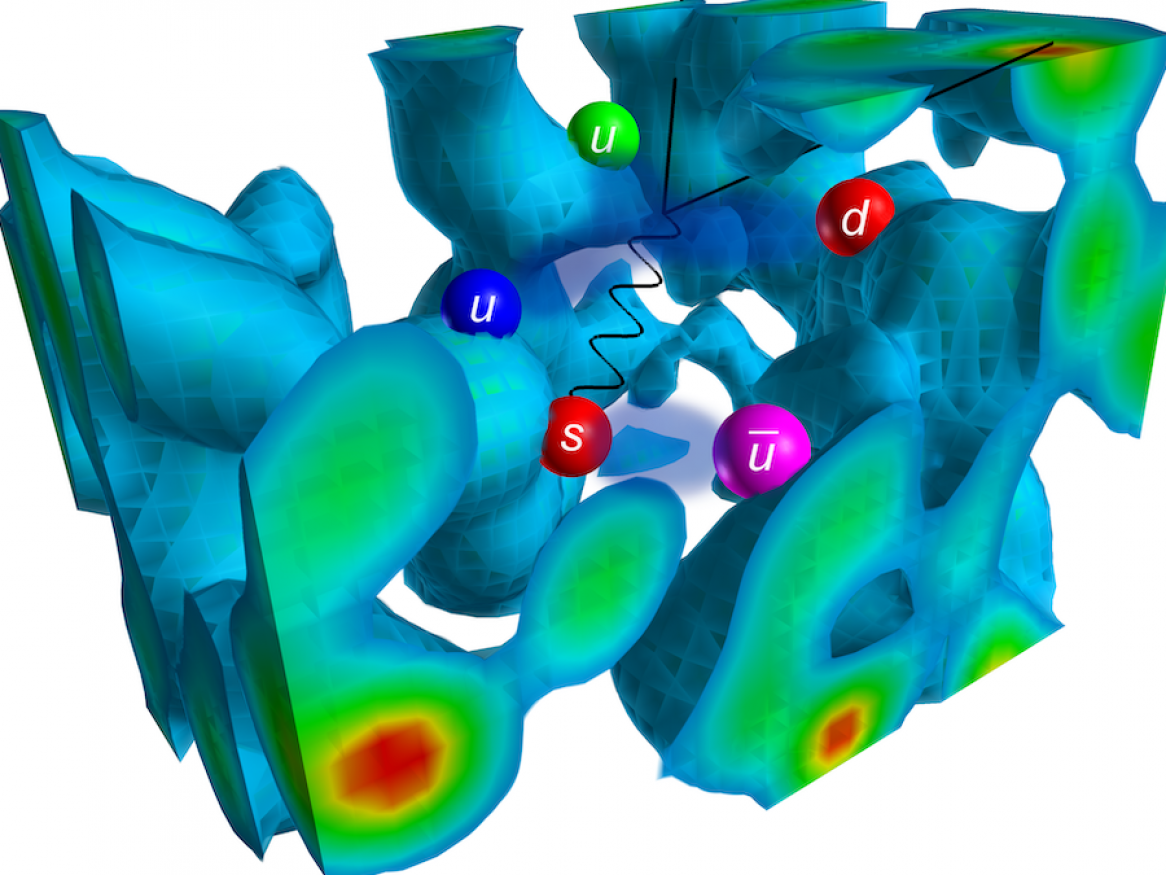Phoenix Research Stories
University of Adelaide researchers are using High Performance Computing across several disciplines to solve or understand some of the challenges of our time.
Wind energy research
The Wind Energy Research group use Phoenix to develop models predicting wake development. This research enables wind farm designers and decision makers to optimise wind farm layout for maximum generation of clean energy.
Wave energy research
The Wave Energy Research Group has run simulations and modelling on wave energy technologies allowing members of the group to develop real life solutions such as buoys and power-take-off systems to explore optimal designs for wave energy generation.
Stochastic Modelling of Disease Spread
Researchers from the School of Mathematical Sciences used stochastic modelling to understand and forecast the spread of epidemics throughout society. Phoenix enabled them to generate and test large scale models efficiently and quickly.
Swarm intelligence behavioural modelling
Camille Buhl's team study animal swarm intelligence in insects. Phoenix has enabled simulation groups and populations of millions of individuals allowing the team to run simulations in less than a month which would previously have taken them 1 to 2 years.
Theoretical Nuclear and Particle Physics
The Centre for Subatomic Structure of Matter uses High Performance Computing to process data from the European Organization for Nuclear Research (CERN) to seek answers to the big questions like ‘what is the universe made of?’ and ‘how did it start?’.
Machine learning
The Australian Centre for Visual Technologies uses High Performance Computing to create machine learning related to image searching. They have even beaten Google in the ImageNet Detection competition, locating images in a controlled database.






